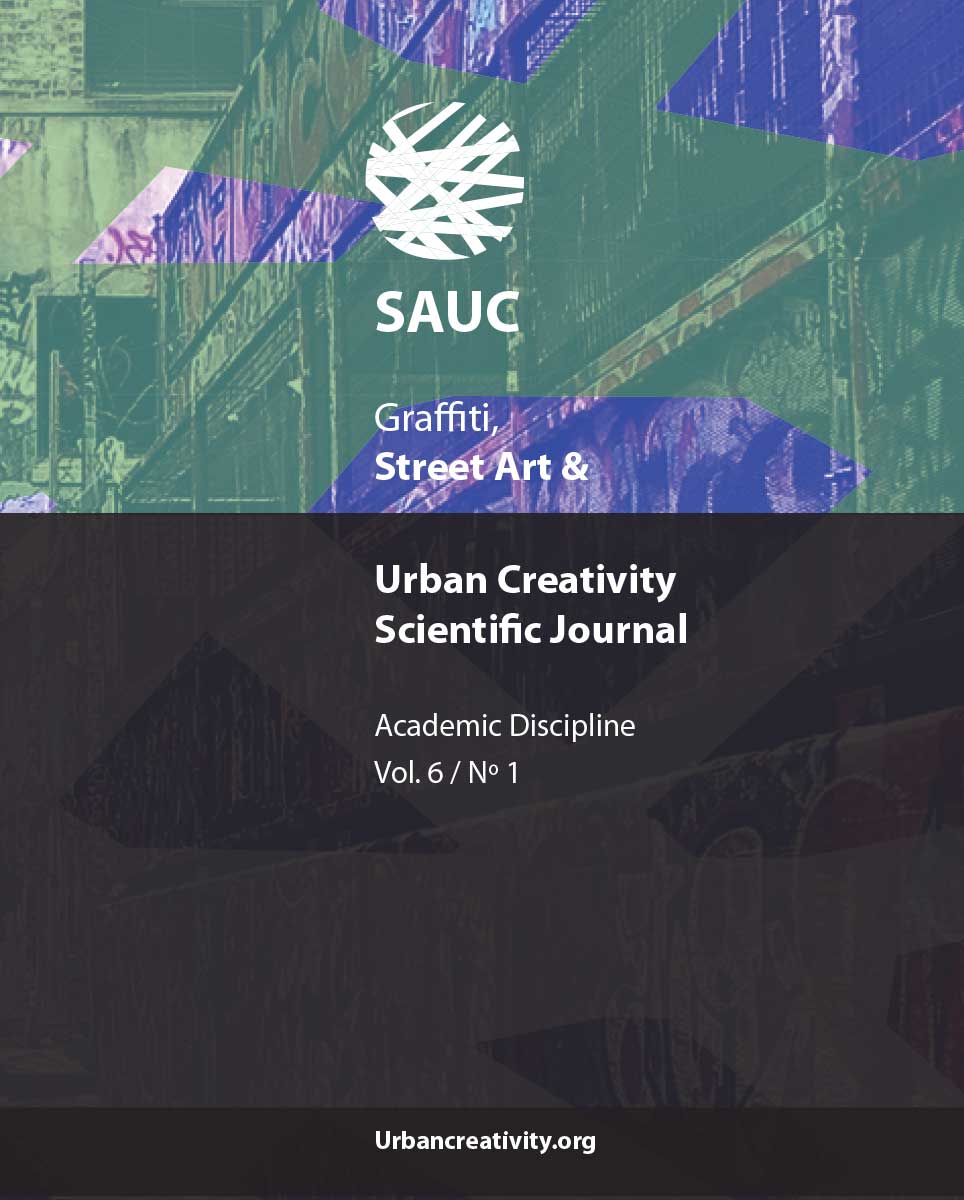Urban Inscriptions
a discipline in the horizon of citizenship
DOI:
https://doi.org/10.25765/sauc.v6i1.225Keywords:
Urban Inscriptions, Education, Public Policies, São PauloAbstract
We take into consideration the role of São Paulo city hall's public policies to reflect on the importance of integrating urban inscriptions in Higher Education disciplines in Brazil. According to the historical summary presented, the pendulum swing of rejection and acceptance by the mayors of São Paulo generates avoidable costs and the exclusion of an institutional approach regarding urban inscriptions practices. In order to have efficient public policies, we observed that the academic inclusion of themes specifically linked to urban inscriptions might result in support of professions that directly interact with the practices (Architecture, Urbanism, Arts, etc.); it can also increase the diffusion of knowledge in Basic Education, and highlight the need to institutionally integrating the urban inscriptions into the dynamics of cities and the citizenship formation.
Downloads
Global Statistics ℹ️
|
154
Views
|
61
Downloads
|
|
215
Total
|
|
Downloads
Published
How to Cite
Issue
Section
License
Those authors who publish in this journal accept the following terms:
-
Authors retain copyright.
-
Authors transfer to the journal the right of first publication. The journal also owns the publishing rights.
-
All published contents are governed by an Attribution-NoDerivatives 4.0 International License.
Access the informative version and legal text of the license. By virtue of this, third parties are allowed to use what is published as long as they mention the authorship of the work and the first publication in this journal. If you transform the material, you may not distribute the modified work. -
Authors may make other independent and additional contractual arrangements for non-exclusive distribution of the version of the article published in this journal (e.g., inclusion in an institutional repository or publication in a book) as long as they clearly indicate that the work was first published in this journal.
- Authors are allowed and recommended to publish their work on the Internet (for example on institutional and personal websites), following the publication of, and referencing the journal, as this could lead to constructive exchanges and a more extensive and quick circulation of published works (see The Effect of Open Access).













